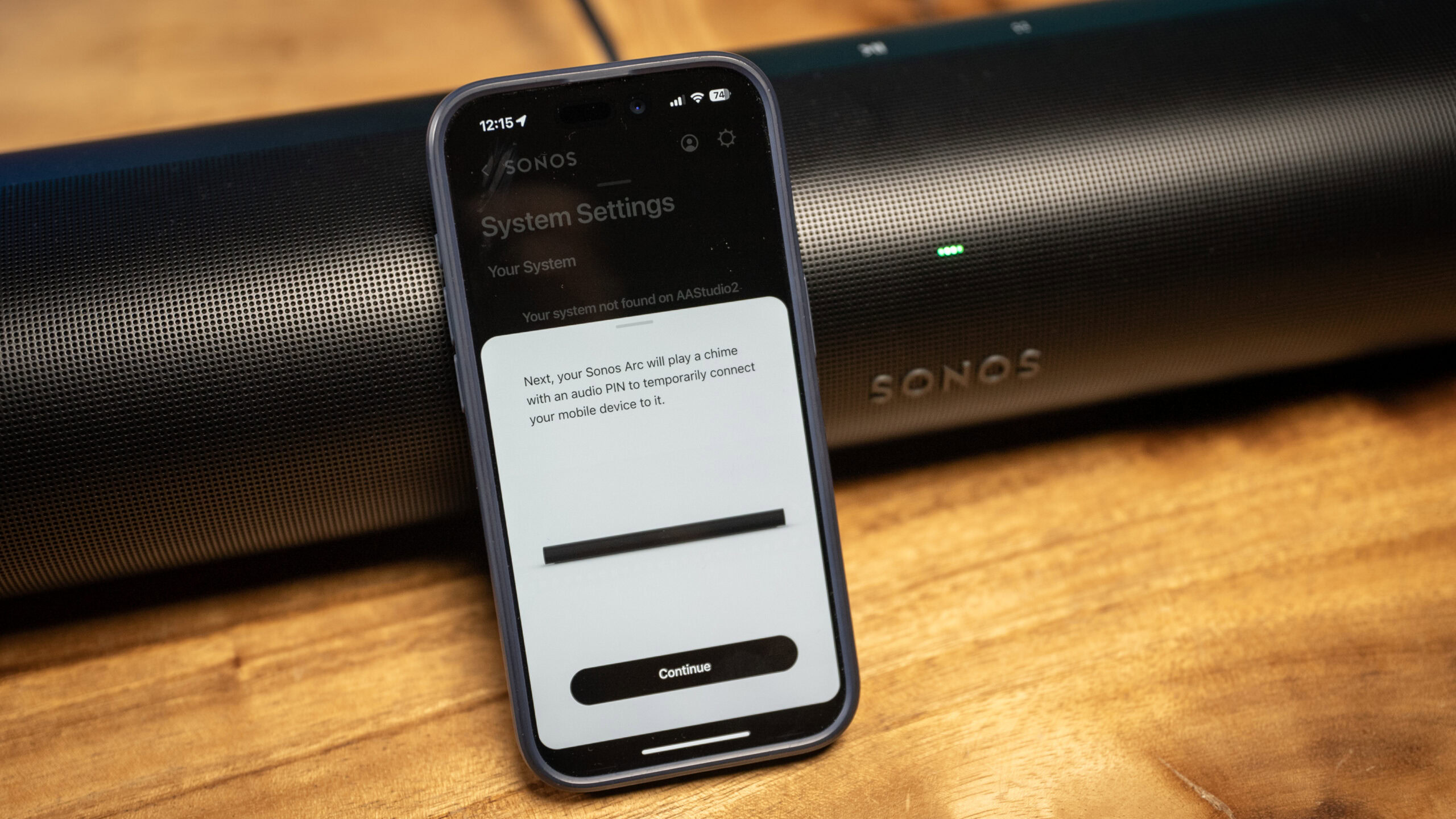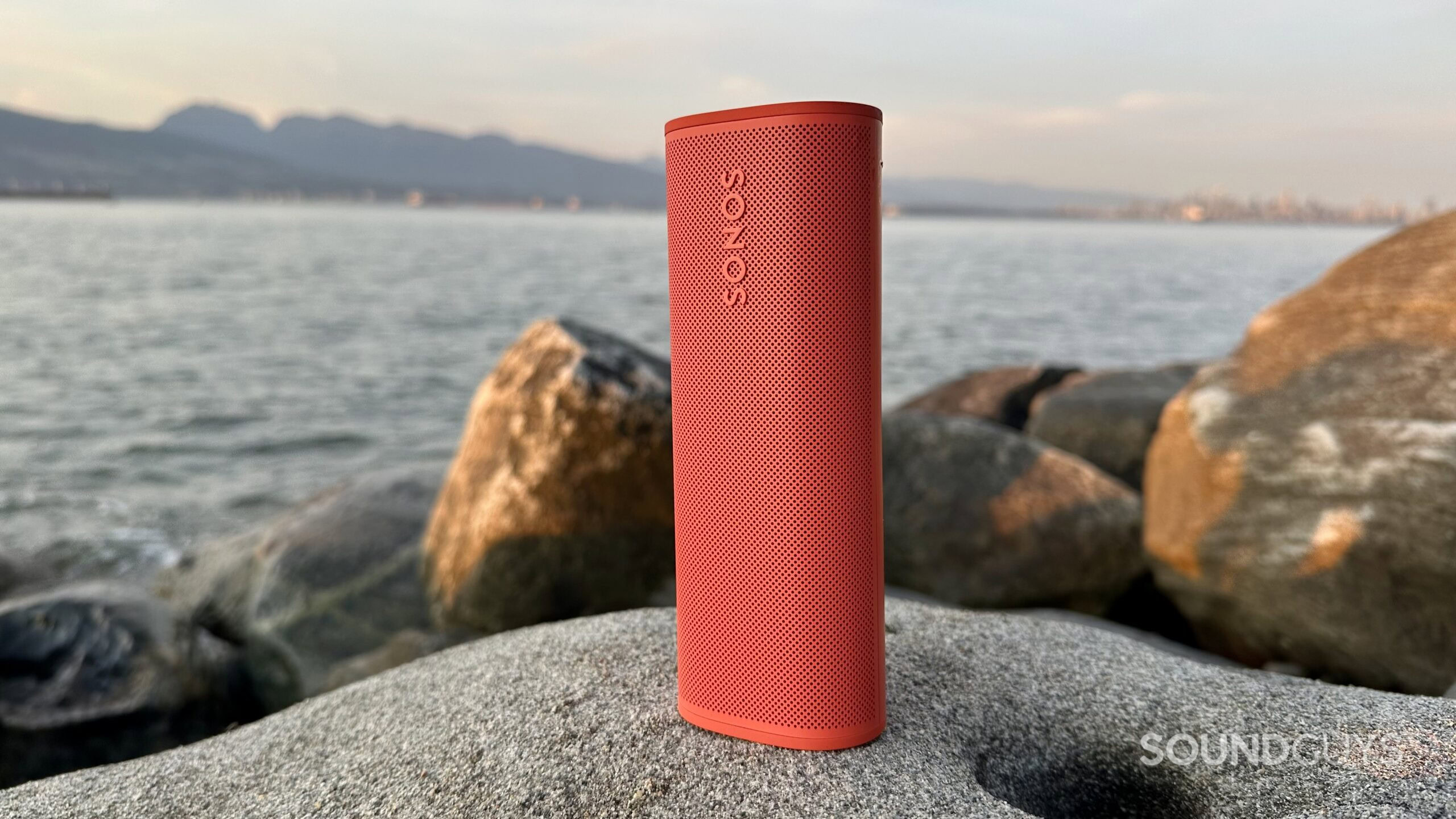All products featured are independently chosen by us. However, SoundGuys may receive a commission on orders placed through its retail links. See our ethics statement.
Sonos' epic app fail could cost them everything
Published onMarch 11, 2025
There are thousands of dollars worth of Sonos speakers scattered around our office that hardly get used anymore. What should be providing background music during work hours or soundtracking our lunch breaks has instead become a collection of expensive paperweights. The app update that was supposed to enhance our listening experience has left us with endless frustrations: speakers that disappear from the system, volume controls that refuse to respond, and ‘now playing’ screens that bear no relation to what’s actually coming through the speakers—if anything is playing at all.
And we’re not alone — since last May, when the company rolled out its completely rebuilt mobile app, millions of households with premium Sonos systems have faced similar dysfunction. What began as a software update has cascaded into what might be the biggest crisis in Sonos’ history — one that’s already claimed its CEO and could fundamentally reshape the company’s future.
Has the Sonos app update affected your usage?
Editors note: We updated this article on March 11, 2025, to add our YouTube video on the topic.
The App-ocalypse

The trouble started with what should have been a milestone moment. Sonos’ app overhaul promised a faster, more customizable experience that would set the stage for future innovations. Instead, it delivered the kind of chaos that audio enthusiasts dread: speakers disappearing from systems mid-playback, volume controls becoming unresponsive, and entire music libraries vanishing into the digital void. For a company that built its reputation on reliability, watching its crown jewel multi-room audio setups behave like this must have been a nightmare.
Internal sources later revealed that the app’s troubled launch wasn’t just bad luck — it was a foreseeable disaster. Engineers had reportedly raised red flags about the software’s readiness, but these warnings were overshadowed by pressure to launch ahead of the company’s first headphone release. It was a classic Silicon Valley mistake from a company that had always positioned itself as an audio company first and a tech company second.
Sonos rushed out a massive app update that wasn't even close to ready,
The app disaster triggered a chain reaction that has left Sonos reeling. By July 2024, with customer complaints mounting and no clear fix in sight, the company laid off 100 employees — 6% of its workforce. But that was just the beginning.
In January 2025, CEO Patrick Spence stepped down, marking the start of an unprecedented executive exodus. Within weeks, the Chief Product Officer who oversaw the app’s development was out. The Chief Commercial Officer followed shortly after. By February, even the Chief Marketing Officer had departed, and another 200 employees were laid off in what interim CEO Tom Conrad described as an effort to create “flatter, smaller, and more focused teams.”
From the outside, this didn’t just look like a leadership shuffle — it looked like a company in crisis mode. The very structure that had allowed an unfinished app to launch was being dismantled, but at what cost? With roughly 300 employees gone in less than a year and virtually the entire C-suite replaced, Sonos is now a fundamentally different company than it was nine months ago.
Broken trust, broken systems

The true cost of this crisis isn’t measured in executive departures or layoff numbers — it’s measured in the erosion of trust among Sonos’ most loyal customers. These aren’t casual users; they’re audio enthusiasts who have invested thousands in building whole-home sound systems. Many have multiple speakers in every room, Control amps driving custom-installed speakers, and years of carefully curated playlists and settings. For such a significant investment in premium hardware, there’s no excuse for it to be handicapped by software that sometimes struggles to perform even basic functions. It will certainly have people second-guessing if this is an ecosystem they want to continue to invest in.
The road to recovery won’t be easy. Interim CEO Tom Conrad inherits a company facing multiple crises: core app functionality still needs fixing, employee morale has been battered by layoffs, and most critically, customer confidence—the foundation of Sonos’ reputation—has been severely undermined.
Winning back trust from 15.3 million angry customers won't be easy—or quick
The clock is ticking. Every day, the app issues persist, and competitors like Apple and Google gain ground in the premium audio space. The Sonos Ace headphones, meant to be a triumphant expansion into a new product category, launched into a market of skeptical customers. And those 15.3 million households with Sonos systems are watching closely, wondering if their next audio upgrade should stay within the ecosystem.
For now, our Sonos speakers mostly sit silently in inventory, collecting dust rather than streaming music. They stand as expensive reminders that in today’s connected world, even the best hardware is only as good as the software that controls it. The question isn’t just whether Sonos can fix its app—it’s whether they can fix their company before it’s too late.